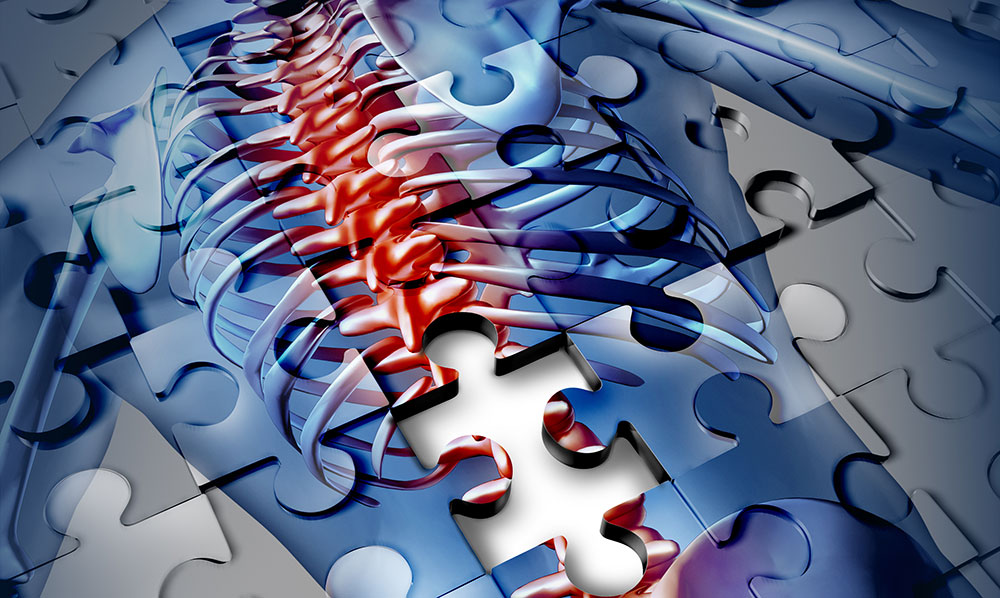
Chronic Back Pain: Understanding the Causes and Treatments
Back pain is a common problem that affects people of all ages, genders, and occupations. It is estimated that over 80% of adults in the United States will experience back pain at some point in their lives. While most cases of back pain are acute and resolve within a few weeks, some people experience chronic back pain, which lasts for longer than three months. Chronic back pain can be debilitating, affecting every aspect of daily life. In this comprehensive guide, we will discuss the causes, risk factors, and effective treatments for chronic back pain.
Types of Back Pain
There are different types of back pain, depending on the location and severity of the pain. Lower back pain is the most common type of back pain, affecting the lumbar spine, which consists of the five vertebrae in the lower back. Chronic low back pain is defined as back pain that lasts longer than three months. It is a common problem, affecting about 10% of adults in the United States. Upper back pain is less common than lower back pain but can also cause significant discomfort. It is usually caused by poor posture, injury, or spinal deformity.
Causes of Back Pain
Back pain can have various causes, including injury, medical conditions, and poor posture. In some cases, the cause of back pain is unknown. The most common reasons people experience back pain include muscle strain, heavy lifting, and poor posture. Other causes of back pain include herniated disk, degenerative disk disease, spinal stenosis, and spinal cord or nerve damage. Medical conditions such as arthritis, osteoporosis, and fibromyalgia can also cause back pain.
Risk Factors for Chronic Back Pain
Certain factors can increase the risk of developing chronic back pain. These include age, weight gain, poor posture, and work environment. People who perform heavy lifting or have a sedentary job are at a higher risk of developing back pain. Older people are also more likely to experience chronic back pain, as the spine’s structural support weakens over time. People who have experienced back pain before are also at a greater risk of developing chronic back pain.
Diagnosing Chronic Back Pain
Diagnosing chronic back pain usually involves a physical examination and medical history. Imaging tests such as X-rays, CT scans, and MRI scans can also be used to identify structural problems in the spine. If a specific event caused the pain, such as an injury, the doctor may ask for a detailed account of the event. In some cases, the doctor may recommend additional tests, such as nerve conduction studies, to determine if the pain is caused by nerve damage.
Treating Chronic Back Pain
The treatment plan for chronic back pain depends on the cause and severity of the pain. In most cases, conservative treatments such as physical therapy, exercise therapy, and pain relievers are effective in reducing pain and improving function. Non-steroidal anti-inflammatory drugs (NSAIDs) can help reduce pain and inflammation. Prescription medication may also be prescribed for severe pain. In some cases, epidural steroid injections or local anesthetics can be used to reduce pain.
Physical therapy is an essential part of treating chronic back pain. A physical therapist can design an exercise program tailored to the patient’s needs, which can help improve strength and flexibility in the back muscles and abdominal muscles. Active physical therapy programs, which involve the patient performing specific exercises, have been shown to be more effective than passive physical therapy programs, which involve the therapist performing the exercises.
Preventing Chronic Back Pain
Preventing chronic back pain involves maintaining a healthy weight, practicing good posture, and avoiding heavy lifting and repetitive motions that strain the back muscles. Regular physical activity can also help prevent chronic back pain, as it improves strength and flexibility in the back and abdominal muscles. Additionally, people who smoke are at a higher risk of developing back pain, so quitting smoking can also help prevent chronic back pain.
Chronic back pain is a common problem that can be debilitating, affecting every aspect of daily life. Understanding the causes, risk factors, and effective treatments for chronic back pain is crucial for managing the condition and preventing its recurrence. A comprehensive treatment plan that includes physical therapy, exercise therapy, and pain management can help reduce pain and improve function. Maintaining a healthy weight, practicing good posture, and avoiding heavy lifting and repetitive motions can also help prevent chronic back pain. If you are experiencing chronic back pain, seek medical advice from your primary care physician or a specialist. At Atlantic Spine Specialists we can help you develop a personalized treatment plan. Call us at 973-971-3500 to set up a consultation.